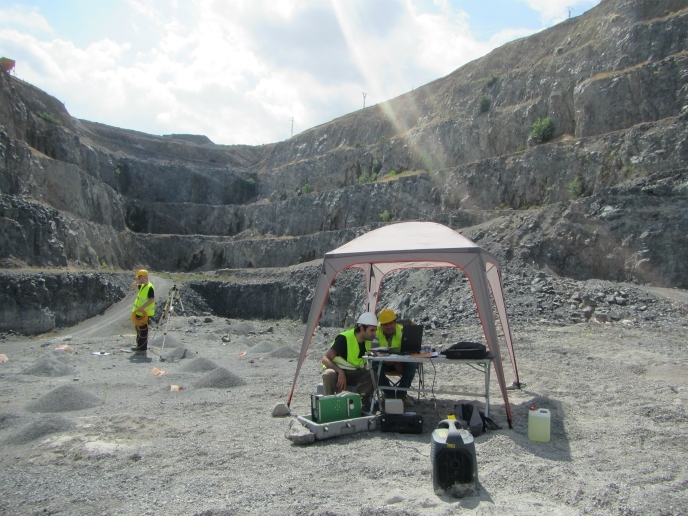Return of the airship
Economists predict global air transport is set to grow dramatically, even though aviation is actually quite constrained, especially by airport capacity. An EU project proposes a radical alternative that will not be restricted by the conventional limits of airports and their associated regulations. The 'Multibody advanced airship for transport' (MAAT) project aims to bring back and modernise airships. The 12-member consortium includes 10 European partners and one each from Russia and Uruguay, and will run from September 2011 to February 2015. With EUR 3.7 million in EU funding, the project set out to develop a radical new kind of airship. The concept combines an airship that remains permanently aloft, with a vertical take-off feeder/shuttle system for ground access. The third component is a new airport concept, the vertical hub, which could be easily built outside major urban areas or at logistical centres. Based on these goals, the project set five technical objectives. They include developing a solar-powered feeder system, finding a propulsion system suitable for high-altitude flight, and optimising the complete system architecture. MAAT's proposed system would have zero emissions, offer a large payload capacity and make fair speed in calm conditions. The system could set down passengers or freight directly in downtown areas, saving considerable ground transport time compared with normal aviation. During the first 18 months, the project first proposed and compared various design options, and settled on a final general system design. Doing so solved numerous difficulties, including safety and photovoltaic power system issues, and weight minimisation. Solutions, based on the constructal method, have been tested with encouraging results. Other areas of design and simulation covered flight mechanics, energy and propulsion systems, controls and telecommunications, cruiser/feeder docking and joints, and cabins, cargos and transfer. Certain difficulties have yet to be resolved but will be addressed in system testing and demonstration. The project's dissemination work includes press releases, web news, press cuttings, blogs, brochures and videos. Project members have also published several journal articles, and presented papers at conferences and workshops. MAAT's outcome will be a revolution in passenger and freight transport via a zero-emissions and highly convenient flight system.







